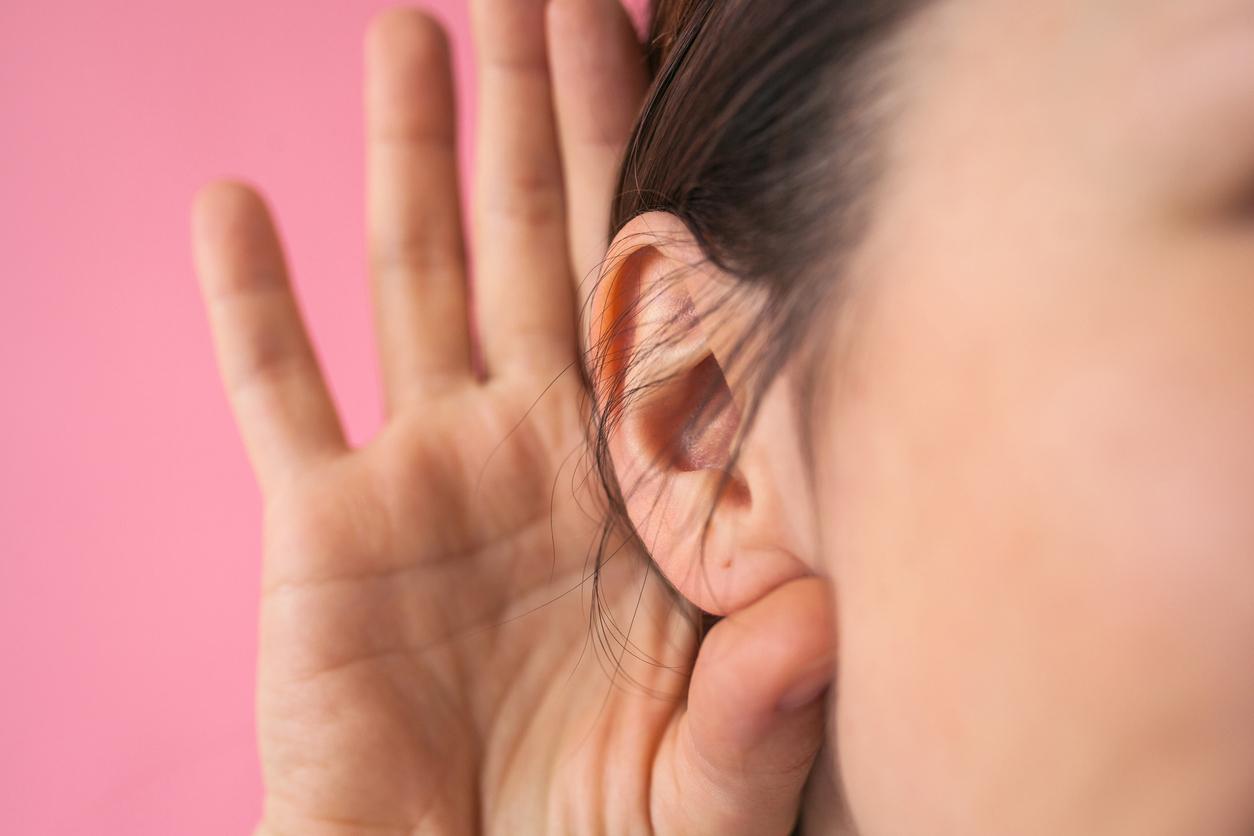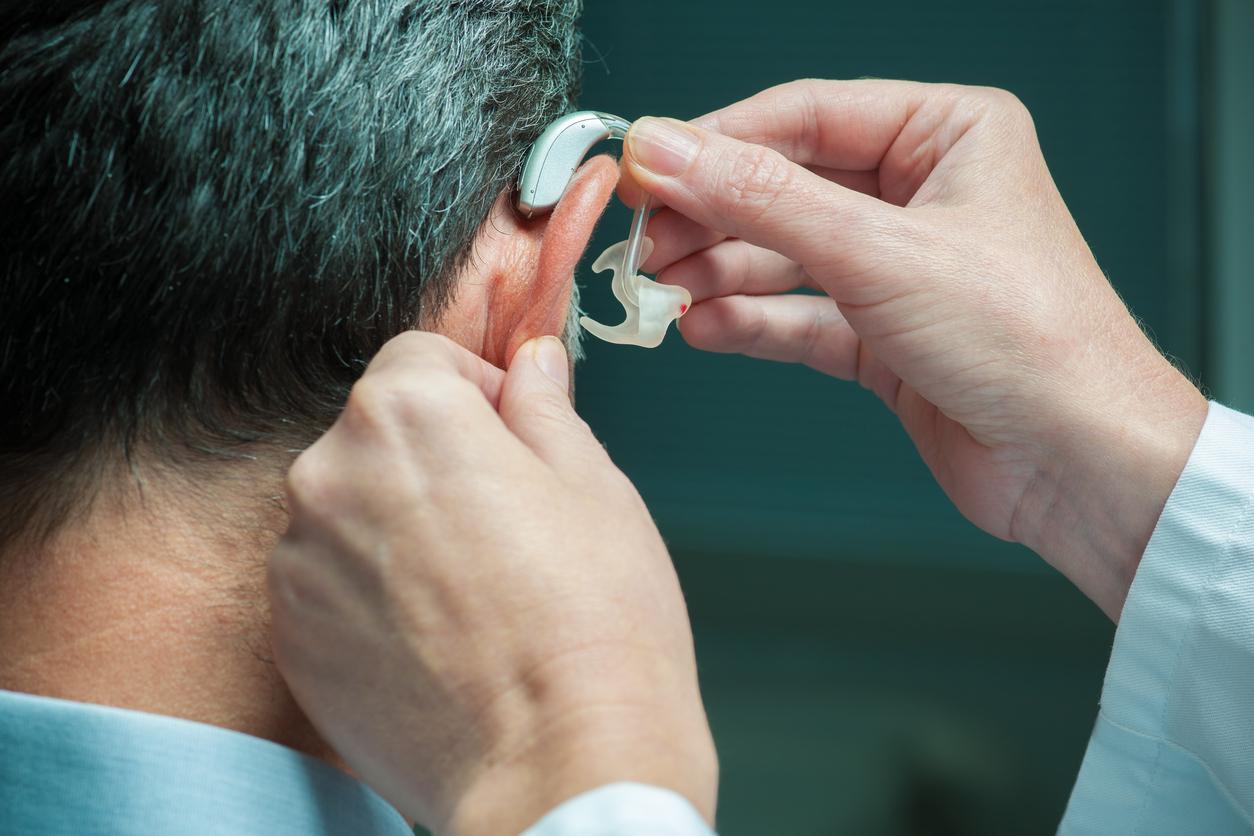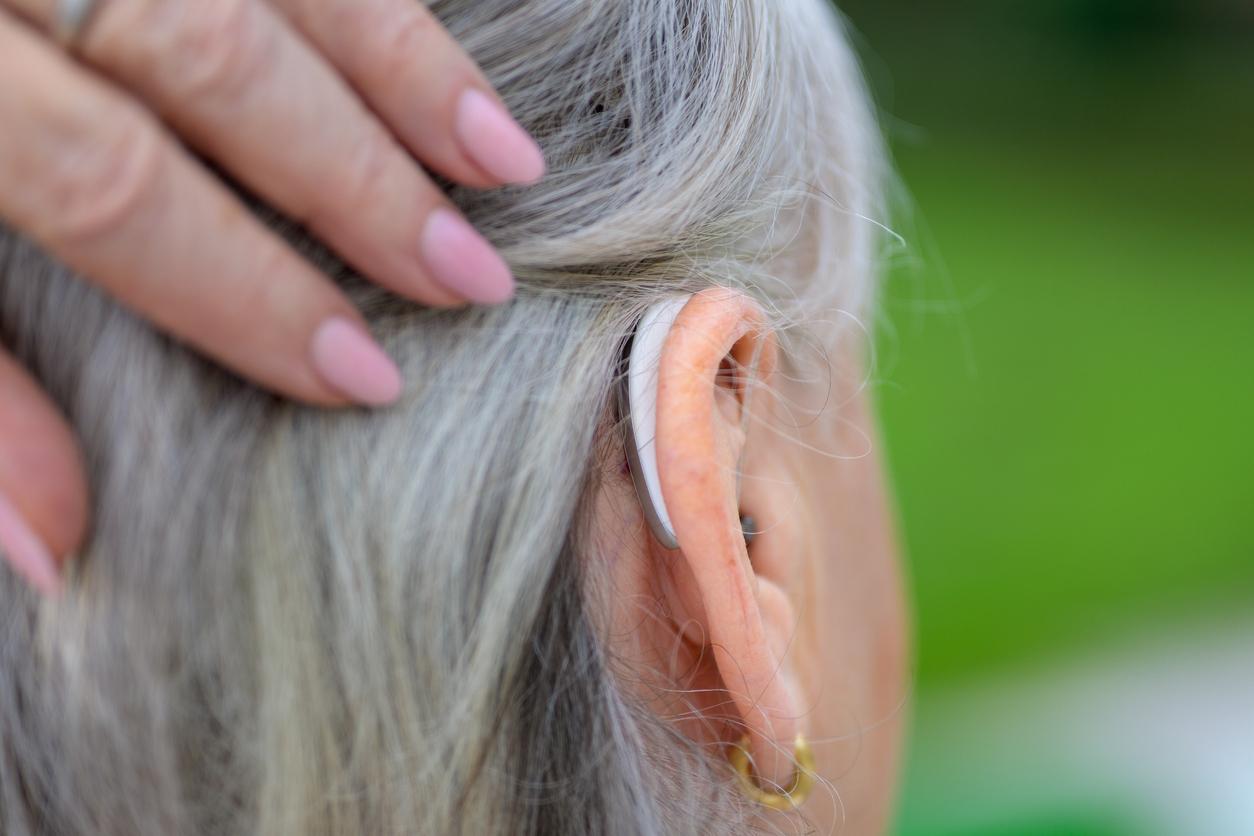The cells present in the inner ear emit a signal when there is a noise that is harmful to hearing. It could become a screening tool.

- Scientists struggle to explain the onset of noise-related hearing loss.
- A Swedish team has just discovered a phenomenon allowing us to understand them a little more: cells in the inner ear emit a certain signal in the event of harmful noise.
- This could help to better diagnose hearing loss.
Hearing is precious: it can disappear or deteriorate for many reasons. One of them is exposure to loud noises repeatedly. If for a long time, scientists have understood that this could lead to hearing loss, they were unable to decipher the phenomenon. A team from Linköping University in Sweden has just discovered a key element to understanding it. Their results are published in Cellular and Molecular Life Sciences.
Hearing loss: a mysterious hearing signal for 70 years
“When the ear is exposed to loud sounds, such as at a concert or in a noisy environment, hearing may be temporarily impaired“, they recall in the preamble. If exposure to these noises is repeated, the damage to hearing can be irreversible. To understand the origin of these losses, the researchers looked at the inner ear. It contains about 15,000 sensory cells, called hair cells.”When struck by sound waves, hair cells transform the vibrations into electrical nerve signalsthey develop. These signals are directed to the brain, which interprets them, and only then can we hear the soundThese signals are divided into two kinds: AC and DC. The first are well known to scientists: they give the brain information about the intensity and frequency of sound. “But the DC signal remained a mystery, explain the authors. Since its discovery around 70 years ago, scientists have wondered what its function might be..”
A signal to warn of a danger to hearing
In fact, the two signals are linked: the DC signal causes a slight offset of the AC signal in a positive or negative direction. “Various studies trying to characterize the DC signal have come to different conclusions., say the Swedish researchers. This time, they demonstrated that this DC signal polarity changes from positive to negative when the cochlea, another name for the inner ear, has been exposed to harmful noise. “In other words, the signal can provide an indication of the health status of the ear.”, they analyze. The authors believe it could be a way for the body to inform the brain of the condition of the ear. “The brain can amplify a weak signal from the cochlea, notes Pierre Hakizimana, research engineer at Linköping University. If told that the ear is not functioning normally, the brain doesn’t have to expend resources trying to improve the signal to decode sound from an injured ear.”
Hearing loss: future screening methods?
According to him, this signal is promising for the detection of hearing disorders. Further research could lead to the development of new diagnostic techniques for hearing loss related to harmful noise. According to theHealth Insurance10% of the French population suffers from hearing loss.

















